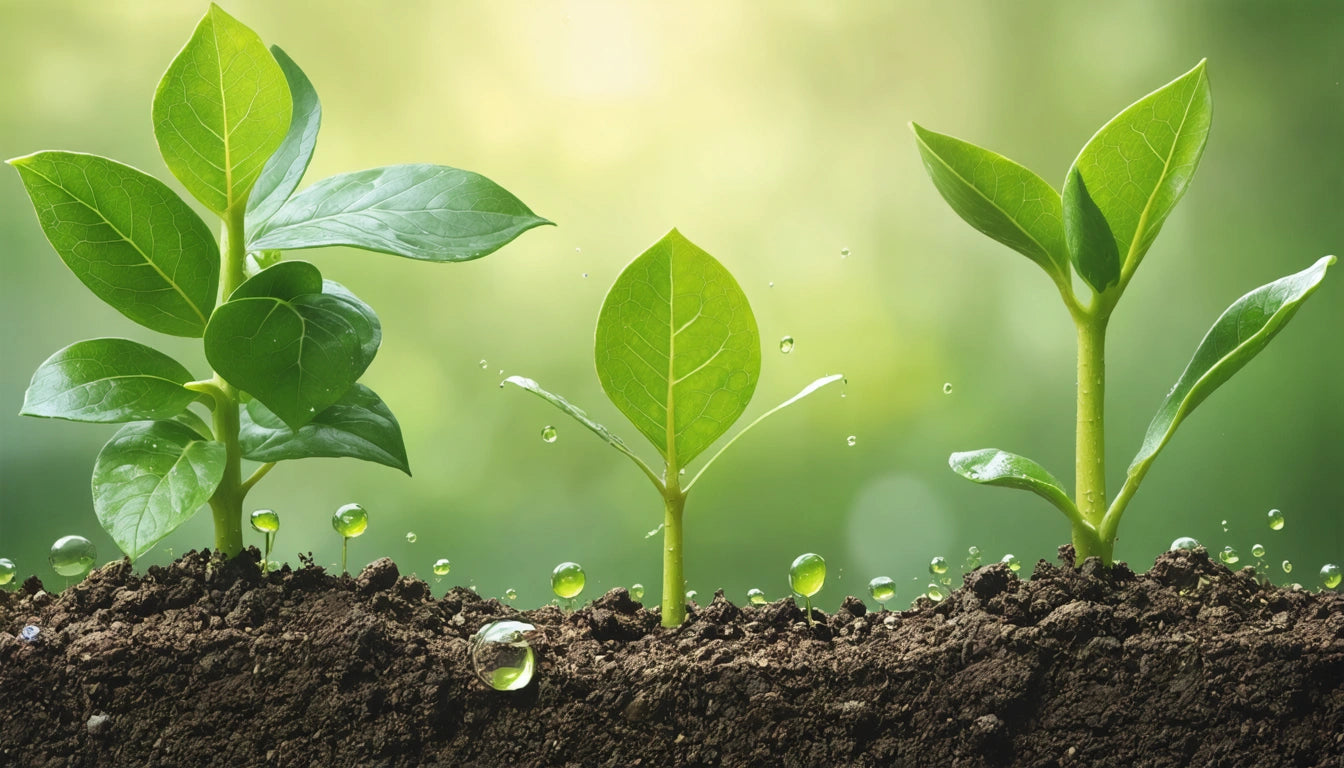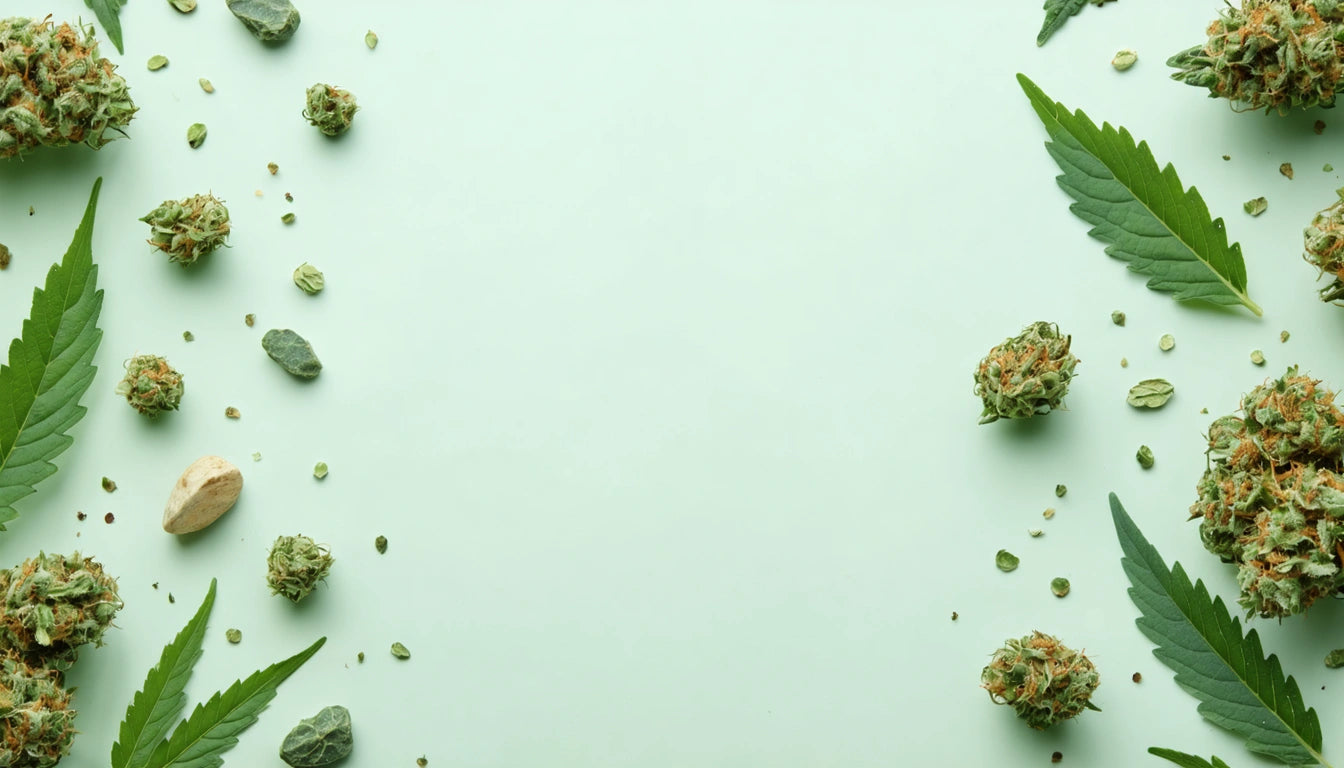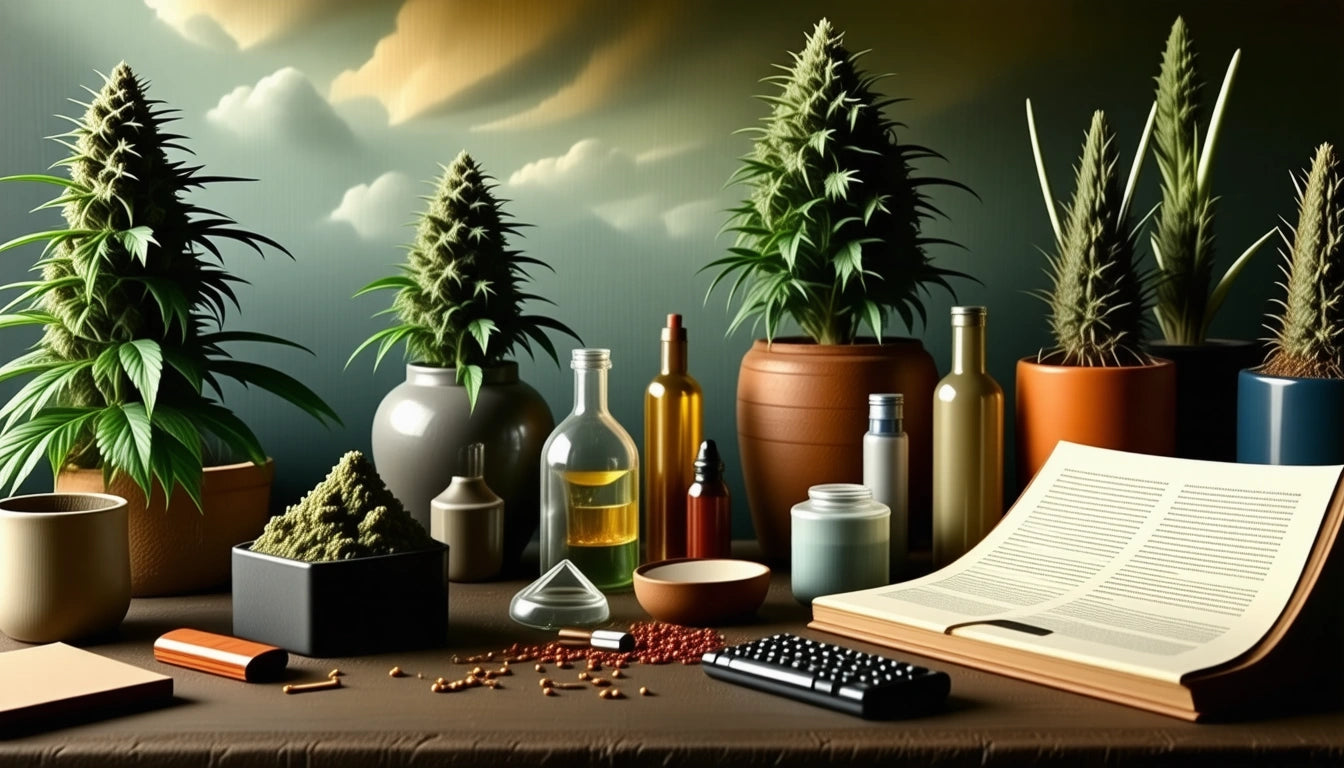Table of Contents
- Understanding pH Importance for Plant Health
- Ideal pH Levels for Different Plant Types
- Testing Water pH: Methods and Tools
- How to Lower pH in Water for Plants: Natural and Chemical Methods
- Raising pH Levels: When and How
- Maintaining pH Stability in Growing Systems
- Advanced pH Management Strategies for Optimal Plant Growth
Optimizing Water pH for Healthy Plant Growth: Tips and Solutions
Water pH plays a critical role in plant health and nutrient availability. When pH levels are imbalanced, plants struggle to absorb essential nutrients, leading to deficiencies, stunted growth, and reduced yields. Understanding how to lower pH in water for plants and maintain optimal levels is a fundamental skill for any successful grower.
Understanding pH Importance for Plant Health
The pH scale measures how acidic or alkaline a solution is, ranging from 0 to 14. A pH of 7 is neutral, below 7 is acidic, and above 7 is alkaline. For plants, pH directly affects nutrient solubility and availability. When pH levels are outside the optimal range, certain nutrients become chemically bound to the growing medium, making them unavailable to plants even if they're physically present.
According to research on optimal pH levels, even small pH fluctuations can significantly impact nutrient uptake. For example, iron, manganese, and phosphorus become less available in alkaline conditions, while calcium and magnesium uptake is reduced in acidic environments.
Ideal pH Levels for Different Plant Types
The best pH level for plants varies by species. Most plants thrive within specific pH ranges:
- Acid-loving plants (5.0-6.0): Blueberries, azaleas, rhododendrons, potatoes
- Slightly acidic to neutral (6.0-7.0): Most vegetables, herbs, cannabis, roses
- Neutral to slightly alkaline (7.0-7.5): Asparagus, beets, cabbage family
For cannabis specifically, the optimal pH range is 6.0-6.5 for soil and 5.5-6.2 for hydroponic systems. Maintaining these levels ensures maximum nutrient availability and robust growth.
Testing Water pH: Methods and Tools
Before adjusting pH, accurate testing is essential. Several methods are available:
Digital pH Meters
Digital pH meters provide the most accurate readings and are recommended for serious growers. These devices require calibration using buffer solutions but offer precise measurements to one decimal place.
pH Test Strips
Economical and easy to use, pH test strips change color based on the pH level of your water. While less precise than digital meters, they're suitable for beginners or quick checks.
Liquid Test Kits
These kits use reagent drops that change color when added to water samples. They're more accurate than strips but less convenient than digital meters.
Regular testing is crucial, especially when using hydroponic systems where pH can fluctuate rapidly.
How to Lower pH in Water for Plants: Natural and Chemical Methods
When you need to lower water pH for plants, several effective methods are available:
Natural Acidifiers
- White vinegar: Add 1-2 tablespoons per gallon of water and retest
- Citric acid: A food-grade powder that effectively lowers pH
- Lemon juice: Similar to vinegar but less predictable
Commercial pH Down Products
Phosphoric acid and nitric acid-based products are specifically formulated to lower pH safely for plants. These provide more precise control than household alternatives and are ideal for the best pH balancing chemicals for agricultural irrigation systems.
Organic Matter
For soil environments, adding organic materials like peat moss, pine needles, or coffee grounds gradually lowers pH over time. This approach works well for long-term pH management but isn't suitable for immediate adjustments.
When making adjustments, always add acidifiers gradually and retest frequently to avoid overshooting your target pH. Proper watering techniques combined with pH management significantly improve plant health.
Raising pH Levels: When and How
Sometimes water is too acidic and needs to be made more alkaline. Methods to raise pH include:
- Baking soda: Add ¼ teaspoon per gallon of water and retest
- Limestone: Ground limestone or dolomite gradually raises soil pH
- Commercial pH Up products: Typically potassium hydroxide or potassium carbonate-based
Potassium-based pH adjusters offer the added benefit of supplementing potassium, an essential nutrient for plant health.
Maintaining pH Stability in Growing Systems
Maintaining stable pH levels is just as important as achieving the correct initial reading. Environmental factors and growing techniques can cause pH to drift over time.
Buffer Solutions
Buffer solutions resist pH changes when acids or bases are added. Many commercial nutrients include buffering agents to help stabilize pH levels in your reservoir or soil.
Humidity Control
Proper humidity management affects water uptake and pH stability. Using humidity control products can help maintain optimal growing conditions and prevent rapid pH fluctuations, especially in enclosed growing environments.
Regular Monitoring
Establish a testing schedule based on your growing system. Hydroponic setups typically require daily checks, while soil systems may need weekly monitoring. Consistent testing helps catch pH drift before it affects plant health.
For container gardens, proper pot size selection also contributes to pH stability by providing adequate buffer volume.
Advanced pH Management Strategies for Optimal Plant Growth
Beyond basic pH adjustment, advanced growers implement comprehensive strategies to optimize nutrient availability and plant health:
Nutrient-Specific pH Targeting
Some growers intentionally adjust pH to different target levels throughout the growth cycle to maximize the availability of specific nutrients needed during different phases. For example, slightly lower pH during flowering can enhance phosphorus uptake.
Automated pH Control Systems
For large-scale operations, automated dosing systems monitor and adjust pH continuously, maintaining perfect levels without manual intervention. These systems are particularly valuable in commercial settings where consistency is crucial.
Addressing Nutrient Deficiencies
Sometimes what appears to be a nutrient deficiency is actually a pH problem. Before adding more nutrients, check and adjust pH levels. This approach can resolve many common nutrient deficiency symptoms without the risk of over-fertilization.
Integrating these advanced techniques with a solid understanding of optimal feeding practices creates an environment where plants can reach their full genetic potential.
By mastering how to lower pH in water for plants and maintain optimal levels, growers can significantly improve plant health, growth rates, and yields. The investment in proper pH testing equipment and adjustment products pays dividends through healthier plants and more abundant harvests.











Leave a comment
All comments are moderated before being published.
This site is protected by hCaptcha and the hCaptcha Privacy Policy and Terms of Service apply.